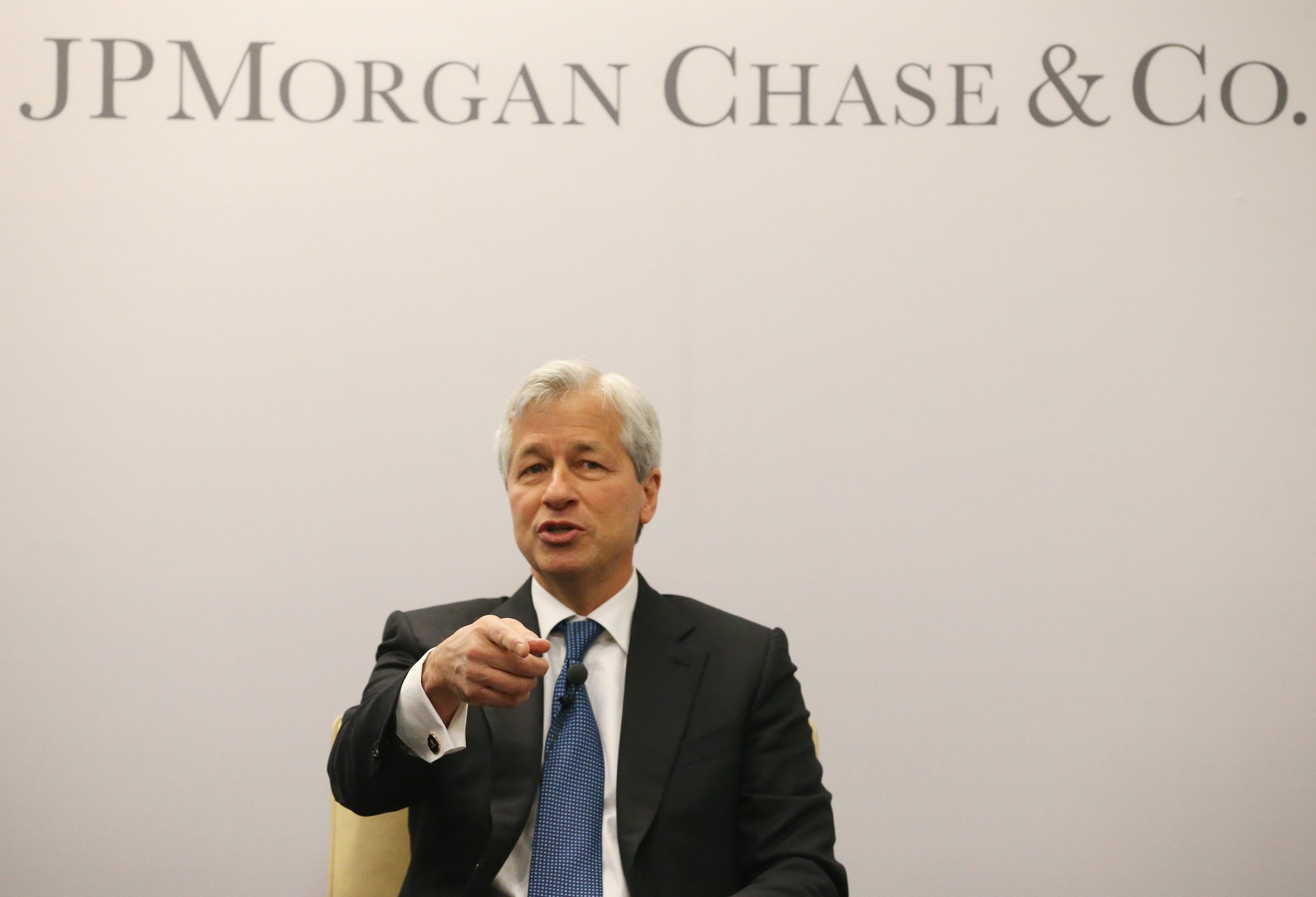Tokenization and institutional buying drive Bitcoin flippening

Speculation about an Ethereum flippening continues as investors compare network value and utility with Bitcoin. This piece examines valuations, institutional flows, and tokenization dynamics shaping that debate.
Can Ethereum overtake Bitcoin in market cap?
On-chain and market data place Bitcoin market cap $2.17 trillion well above Ethereum $476.33 billion, a gap of roughly 4.6x. According to CoinMarketCap, that headline ratio frames how far ether would need to climb to match Bitcoin on market value.
Note: Market-cap is a useful snapshot but omits token economics and on-chain activity that affect long-term value.
Ethereum remains materially smaller by market cap, but utility metrics narrow conceptual gaps investors use to judge a flip.
Does institutional Ethereum buying change the narrative?
Analysts such as Tom Lee have argued institutional flows could accelerate a shift. In an interview with ARK Invest CEO Cathie Wood, Lee said:
“Ethereum could flip Bitcoin similar to how Wall Street and equities flipped gold post 71.”
The analogy invokes Nixon 1971 as a historical pivot that re-ranked asset classes; it is illustrative rather than mechanically predictive. Institutional allocation still hinges on custody, regulatory clarity, and the perceived mission of each asset.
Tip: Institutional interest helps growth but does not guarantee parity; custody and regulatory frameworks remain decisive.
In brief: Institutional ethereum buying can narrow gaps, but structural and regulatory hurdles persist before a true market-cap flip occurs.
Will tokenization of assets and stablecoins on blockchain accelerate a flip?
Tokenization of assets and growth in stablecoins on blockchain expand real-world utility. If capital markets and payment rails migrate to programmable tokens, demand for execution and settlement layers could tilt toward platforms with broad smart contract adoption.
Network effects, developer ecosystems, and composability remain Ethereum strengths. Yet scaling, fees, and competing chains are variables that can alter adoption trajectories and the pace at which tokenization translates into valuation shifts.
Tip: Tokenization increases use-case exposure for execution layers, but practical, technical, and regulatory constraints will determine timing and scale.
In brief: Tokenization and stablecoin growth increase Ethereum’s use-case exposure, but practical, technical, and regulatory constraints will determine timing and scale.





